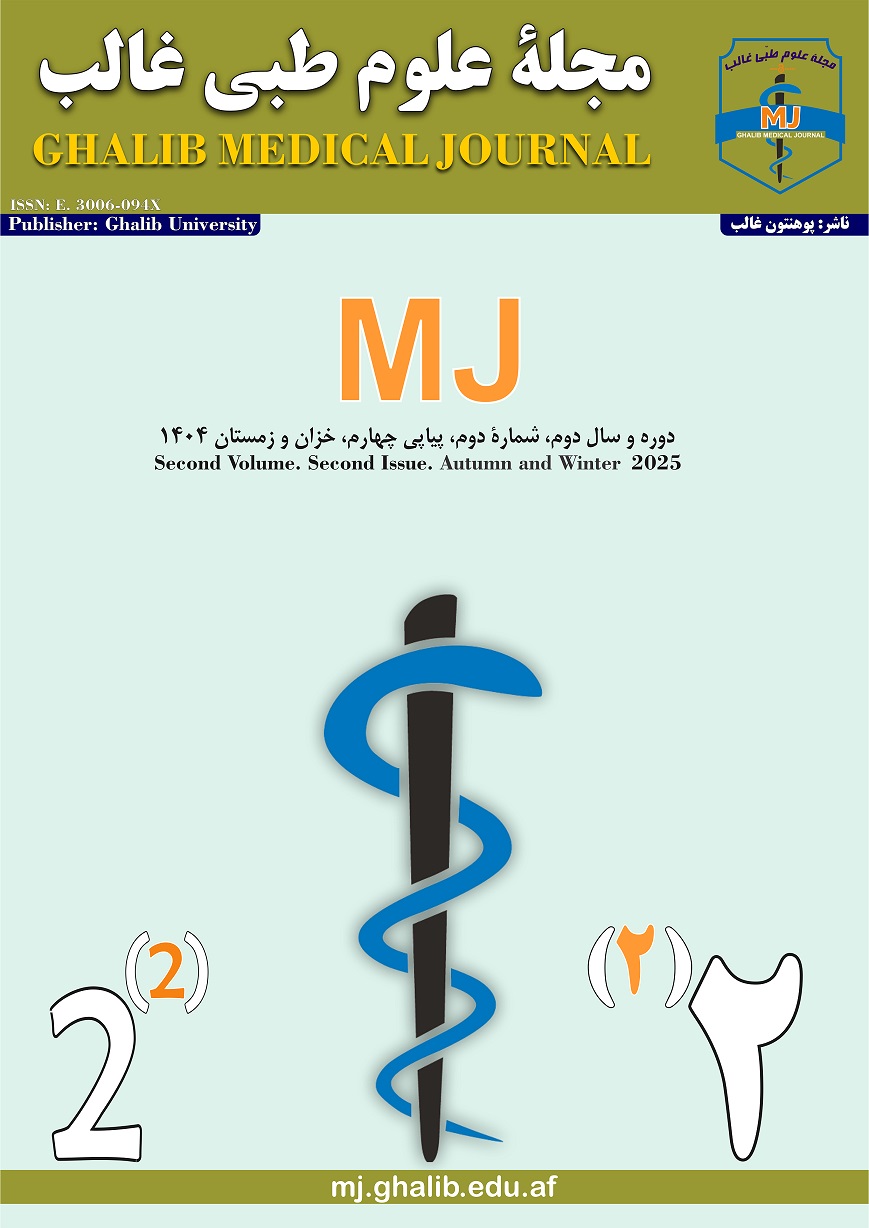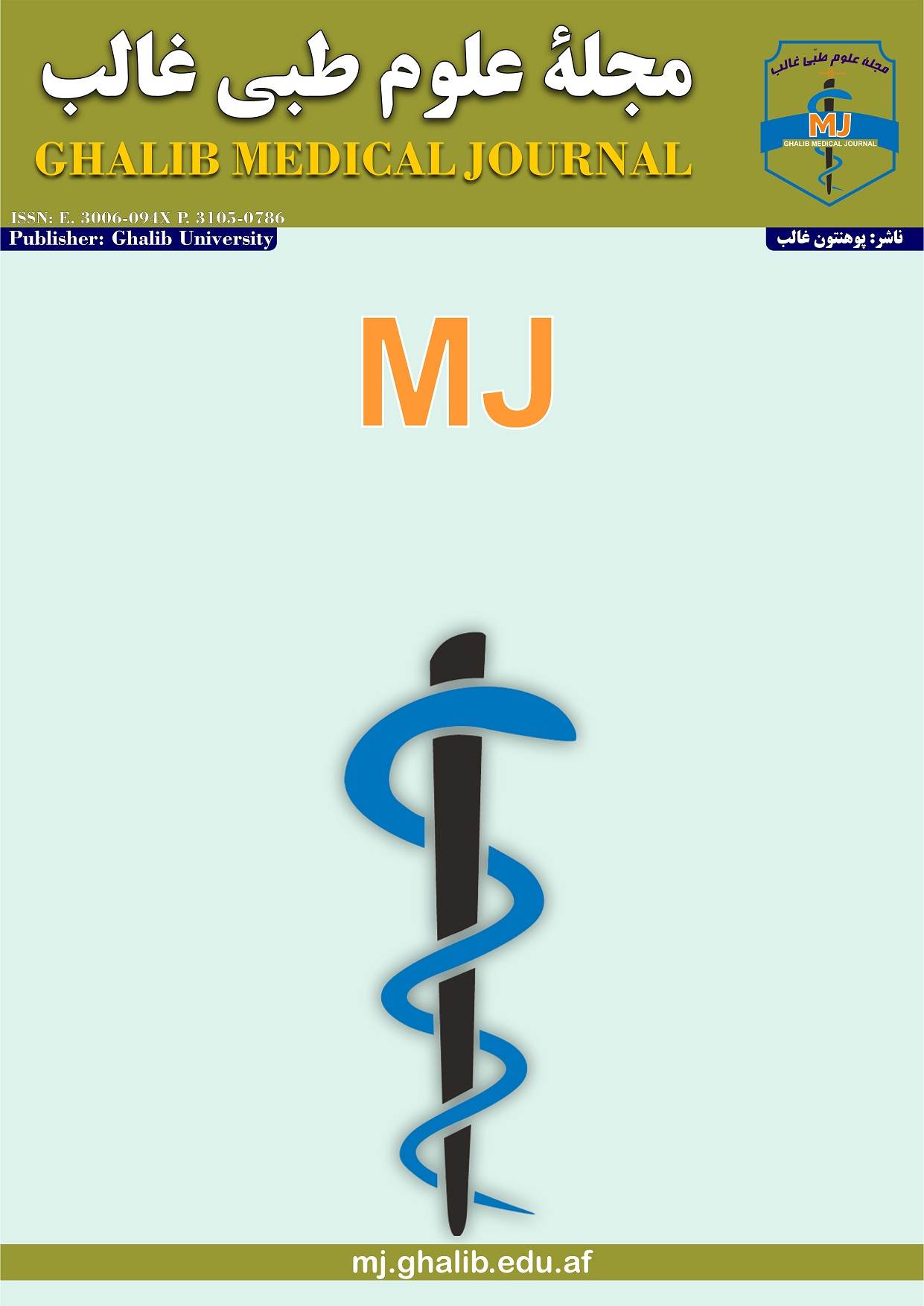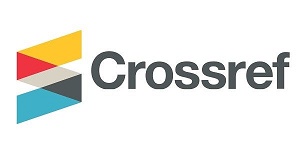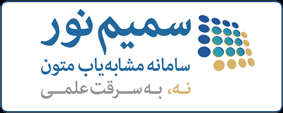Knowledge, attitudes, and practices regarding soft drink consumption among male adolescents in Shams London high school, Herat, Afghanistan
DOI:
https://doi.org/10.58342/ghalibMj.V.2.I.2.4Keywords:
Soft drinks, School students, Shams London School, HeratAbstract
Background: Soft drinks are widely consumed among adolescents and are a significant contributor to poor oral health due to their high sugar and acid content, leading to dental caries, erosion, and other oral complications.
Objective: This study aimed to assess the knowledge, consumption patterns, and oral hygiene practices related to soft drink use among male high school students in Herat City, Afghanistan.
Methods: A cross-sectional study was conducted using a self-administered questionnaire distributed to 120 male students aged 15–18 years at Shams London School. The questionnaire, covered sociodemographic, soft drink consumption frequency and preferences, awareness of oral health effects, and post-consumption hygiene behaviors. Data were collected and analyzed using descriptive statistics in SPSS version 26.
Results: The majority of participants (58.3%) were 15 years old. Daily soft drink consumption was reported by 25% of students, with 31.7% preferring energy drinks and 51.7% favoring fruit-flavored drinks. Taste (37.5%) and energy boost (28.3%) were the main reasons for consumption. While 50% of students were definitely aware of the harmful effects of soft drinks on oral health, 17.5% had no knowledge, and only 50.8% correctly identified teeth as the most affected part. Alarmingly, 50 students reported they never brush their teeth after drinking soft drinks, and 37 never brush at all. Only 22 always brushed afterward. Rinsing with water was more common, with 36 students always doing so. A total of 17 students reported experiencing cavities they attributed to soft drink consumption. Most students (70%) considered oral health important, and 64.2% expressed willingness to warn others about the risks.
Conclusion: In conclusion, this study provides valuable insights into soft drink consumption patterns, awareness, and oral hygiene practices among Shams London high school students in Herat City. The findings highlight the need for targeted educational and public health interventions to mitigate the adverse oral health effects of soft drinks in this vulnerable population. Addressing knowledge gaps, promoting effective oral hygiene, and encouraging healthier beverage choices are crucial steps towards improving adolescent oral health.
References
Steen DP, Ashurst PR, editors. Carbonated soft drinks: formulation and manufacture. Oxford: Blackwell Publishing Ltd; 2006. Available from: https://doi.org/10.1002/9780470996034
Mavrogiannidou Z, Boka V, Arhakis A. An overview of the types of soft drinks and their impact on oral health: review of literature. World J Dent. 2023;14(7):648–54. Available from: https://doi.org/10.5005/jp-journals-10015-2252
Hasheminejad, N., Malek Mohammadi, T., Mahmoodi, M.R. et al. The association between beverage consumption pattern and dental problems in Iranian adolescents: a cross sectional study. BMC Oral Health 20, 74 (2020). https://doi.org/10.1186/s12903-020-01065-y
Gupta, V., Dawar, A., Bhadauria, U. S., Purohit, B. M., & Nilima, N. (2023). Sugar-sweetened beverages and periodontal disease: A systematic review. Oral Diseases, 29, 3078–3090. https://doi.org/10.1111/odi.14368
Hu FB, Malik VS. Sugar-sweetened beverages and risk of obesity and type 2 diabetes: epidemiologic evidence. Physiol Behav. 2010;100(1):47–54. Available from: https://doi.org/10.1016/j.physbeh.2010.01.036
https://www.healthline.com/health/dental-oral-health/what-does-soda-do-to-your-teeth.
https://nutritionsource.hsph.harvard.edu/healthy-drinks/sugary-drinks/
Hasselkvist, A., Johansson, A., & Johansson, A. K. (2014). Association between soft drink consumption, oral health and some lifestyle factors in Swedish adolescents. Acta Odontologica Scandinavica, 72(8), 1039–1046. https://doi.org/10.3109/00016357.2014.946964
Tahmassebi, J.F., BaniHani, A. Impact of soft drinks to health and economy: a critical review. Eur Arch Paediatr Dent 21, 109–117 (2020). https://doi.org/10.1007/s40368-019-00458-0
Scully M, Morley B, Niven P, Crawford D, Pratt IS, Wakefield M. Factors associated with high consumption of soft drinks among Australian secondary-school students. Public Health Nutrition. 2017;20(13):2340–8. doi:10.1017/S1368980017000118
Hardy LL, Bell J, Bauman A, Mihrshahi S. Association between adolescents’ consumption of total and different types of sugar‐sweetened beverages with oral health impacts and weight status. Aust N Z J Public Health. 2018;42(6):572-8. Available from: https://www.sciencedirect.com/science/article/pii/S1326020023002613
Gupta R, Solanki A, Sharma S, Gumber P, et al. A knowledge, attitude and practices of soft drinks among adolescent students and their dental health: A Questionnaire study. J Dent Health Res. 2015;6(1):1-5. Available from: https://www.academia.edu/download/120580878/09be479ba5427677fde07a0ba1855a159fde.pdf
Majewski R. Dental caries in adolescents associated with caffeinated carbonated beverages. J Am Acad Pediatr Dent. 2005;27(3):231-5. Available from: https://www.aapd.org/globalassets/media/publications/archives/majewski-23-03.pdf
Published
How to Cite
Issue
Section
License
Copyright (c) 2025 عثمان ساعی, ادریس صافی, اسحق رحمانی

This work is licensed under a Creative Commons Attribution 4.0 International License.










